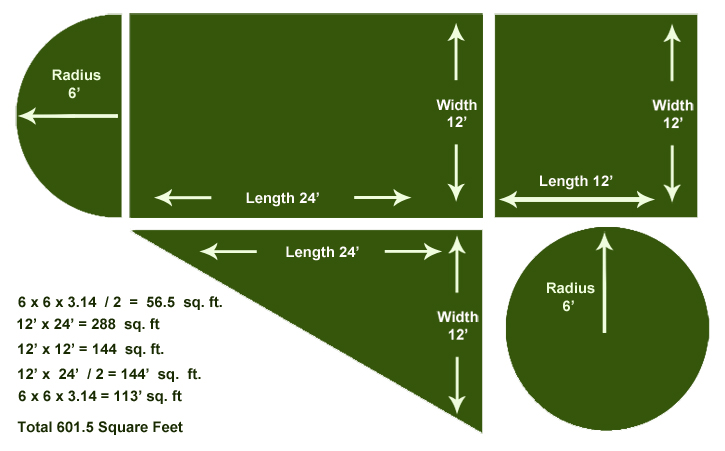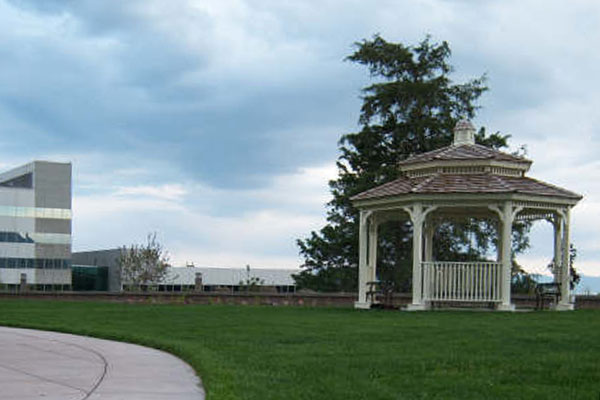Emerald Turf
Where the Green Grass Grows
Emerald Turf Farm has been in business for 36 years!
The owners of the farm love to grow turf and even have their degrees in Agronomy and Horticulture. Keeping abreast of the newest cultivars of grass (what is the greenest, what is the thickest, and what grows the best in Utah), are their major hobbies.
 Each year the 7 best seeds are selected and planted in the new fields on the farm.
Each year the 7 best seeds are selected and planted in the new fields on the farm.
Each field is replanted after every harvest (which by the way takes 2 years to get a thick plush grass without netting).
Replanting after every harvest ensures that each field is clean and weed-free, and level so that the sod that you get is weed-free, and each piece is uniform in thickness.
It may take us a little longer to get a crop to harvest, but the resulting clean turf with a beautiful cut is worth it. The boss is a stickler about quality, and that is what keeps our customers coming back year after year.
Emerald Turf Farm is the only farm in Utah located on a dark brown sandy-loam soil. We can not take credit for this, we were just lucky to have an area of earth that used to be a delta of old Lake Bonneville. But, we do claim the blessings of being here, and this rich soil grows a dark green, plush grass amazingly well.
One of the owners (you know the stickler), believes in conservation, both of water and of soil, and works tirelessly to not waste either, so he makes sure he grows a beautiful and drought tolerant Kentucky Bluegrass. He also believes in composting all scraps and limiting chemical usage to protect the environment.
Kentucky bluegrass is a well known and well-loved grass in Utah because of it ability to adapt to many temperatures and varying water practices and still maintains its beauty. It is bred to be disease resistant. It is also bred to be dark green and soft. Running bare foot through this grass is just a pleasant experience!
Another important quality of Kentucky bluegrass is its durability. If it does not get water for a few weeks even during the growing season, it will go dormant, and can be watered back up again to a beautiful plush lawn again.
This is due to the rhizome root system that only Kentucky bluegrass has, it spreads by these roots, and sends up new plants from these roots which keep your lawn plush and thick.
This rhizome root system is also what makes our grass so durable on playing fields and high traffic areas.
Emerald Turf Farm offers on time deliveries, and professional installation. Picking up your own turf is also available for those who need smaller amounts or who own larger trucks!
See our Sod:
Brigham Young University
Salt Lake Temple Square
Payson Temple

 The most important and therefore the first step to renovating correctly is to kill out the old yard. Round-up is the chemical of choice. It kills all grasses and weeds. It will also kill any trees, shrubs or flowers that you directly spray as well so be careful in your spraying! It will not kill any tress or shrubs whose roots run under your grass as Roundup is neutralized when it hits the soil therefore it will not get into an underground root to kill a tree or shrub.
The most important and therefore the first step to renovating correctly is to kill out the old yard. Round-up is the chemical of choice. It kills all grasses and weeds. It will also kill any trees, shrubs or flowers that you directly spray as well so be careful in your spraying! It will not kill any tress or shrubs whose roots run under your grass as Roundup is neutralized when it hits the soil therefore it will not get into an underground root to kill a tree or shrub. 





















